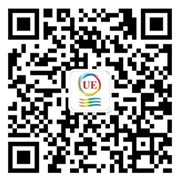-
Hoechst 33342, Trihydrochloride, Trihydrate
Product overview:
Parameters
Appearance: Yellow solid soluble in water
Ex/Em (with DNA): 350/461 nm
Ex/Em (no DNA): 346/460 nm
Molecular Formula: C27H28N6O•3HCl•3H2O
Molecular Weight: 615.99
Storage
Store at -20°C and protect from light. When stored as directed, product is stable for at least 12 months.
Description
Hoechst 33342, also called bisBenzimide H 33342 or HOE 33342, is a cell membrane-permeant, minor groove -binding blue fluorescent DNA stains. The dye is weakly fluorescent in solution, but the fluorescence becomes bright after binding to DNA in the small grooves in the AT-rich region. The dye is widely used in cell cycle and apoptosis studies as nuclear counterstains. Hoechst 33342 is slightly less water soluble than Hoechst 33258. The dyes can be used to stain live or fixed cells with no wash step required.
Hoechst can also be used to stain live bacteria (gram-positive and gram-negative), but in live yeast the staining is weak and not nuclear.
Notes
1. Hoechst dye is usually used to stain mammalian cells. It can also stain bacteria. It is recommended to stain with a final concentration of 12-15 μg / mL in PBS or 150 mM NaCl for 30 min at room temperature. Staining of yeast is weaker. Dead cells are usually stained more brightly than live cells.
2. The solubility of Hoechst 33342 can reach 10 mg/mL when dissolved in water. When staining nucleus, the working concentration of Hoechst 33342 is 0.5-10 μg/mL. You may need to optimize the staining procedure for each particular cell type by varying the dye concentration.


 WeChat service number
WeChat service number